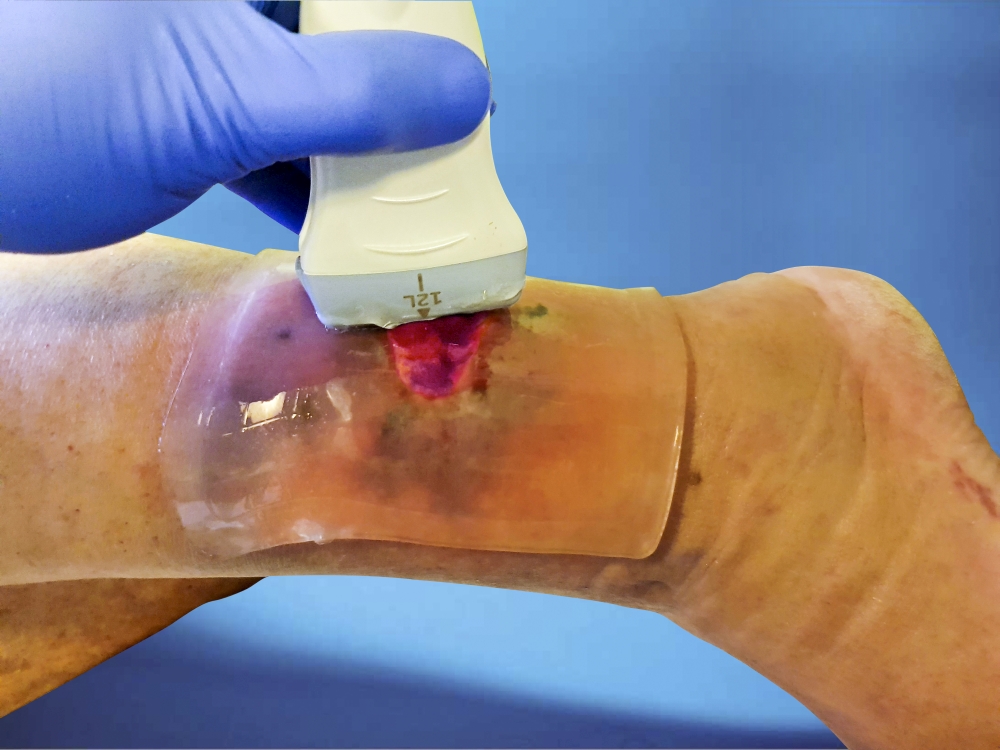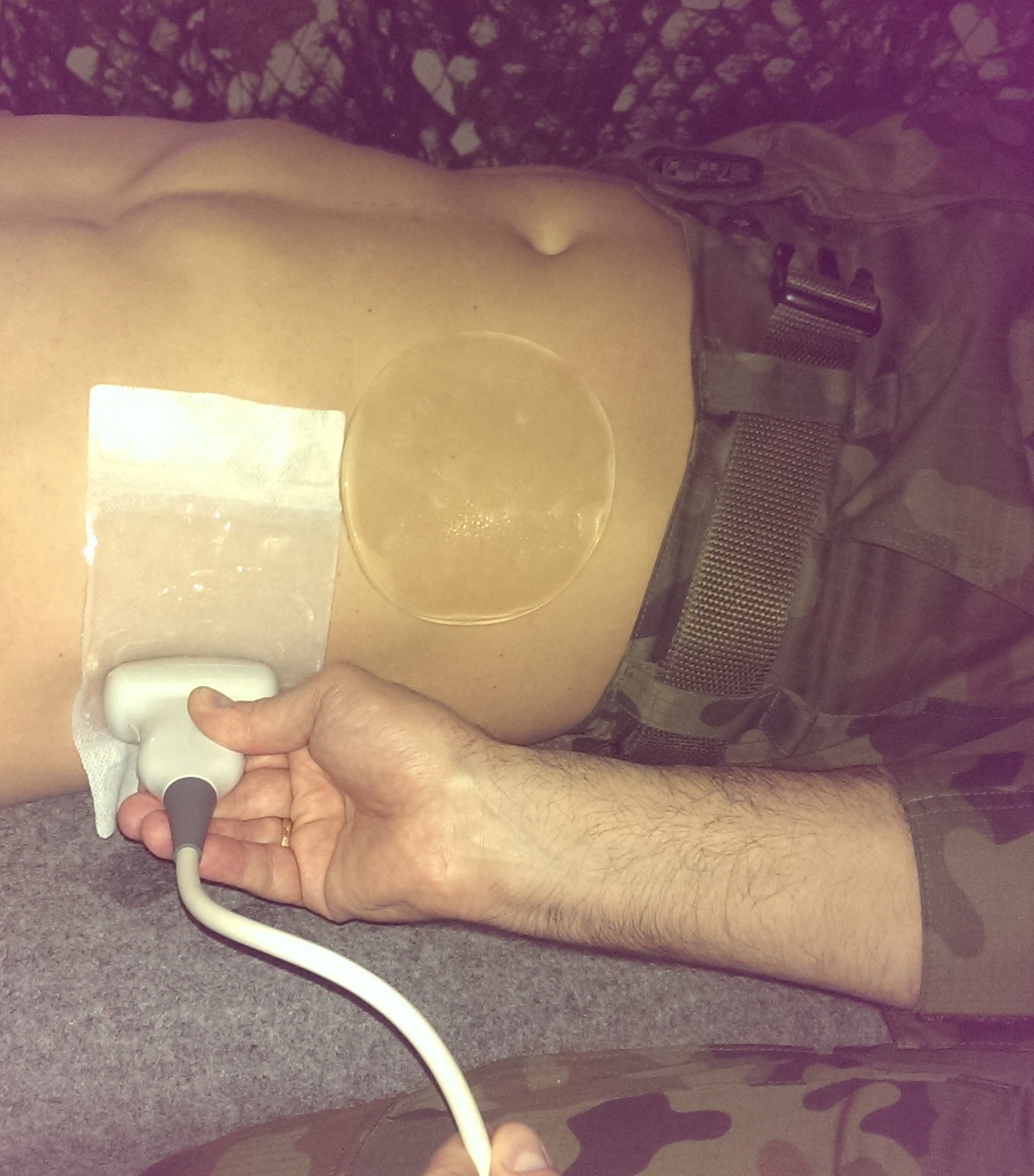HydroAid®USG. Ultrasound Hydrogel Pad
In the process of ultrasound diagnoses, HydroAid®USG can be applied for areas in which you have difficulty seeing, shallow or sensitive areas, and extremely uneven areas for liquid gel. You can also examine pressure sensitive areas, open wounds or damaged tissues with HydroAid®USG, where it is even partially impossible to apply liquid gel. It is all thanks to the sterility and homogeneous and soft structure of the HydroAid®USG pad.

Properties of the HydroAid®USG dressing
Modern technology
- This sterile and machanically durable hydrogel pad is obtained with a unique method of electron beam irradiation cross-linking polymers. (polyvinylpyrrolidone, polyethyleneglycol and agar), and it consists of approx. 90% of water in weight. It allows a similar level of acoustic impedance to the human tissues. Acoustic impedance refers to a value of easy transmittance for pulsed energy.
Precise image with reduced artifacts
- You can obtain a sharp and precise image with a much better resolution (compared to the use of a classic ultrasound gel) and with very few artifacts by placing HydroAid®USG between a probe (of a diagnostic imaging unit) and the measuring object.
- The ultrasound beam passing through the hydrogel sheet is significantly strengthened, which directly translates into the quality of the obtained ultrasound image. Moreover, the use of the unique HydroAid®USG hydrogel enables superficial examinations with the use of probes with a lower frequency. One of the reasons of artifacts is considered airspace between a probe and the human tissues, causing ultrasonic diffused reflection at the boundary faces. The use of HydroAid®USG, thanks to its hydrogel structure and good adhesion, decreases this type of diffused reflection and the number of artifacts.
Excellent flexibility and easy application
- You can apply HydroAid®USG even to bumpy and delicate surfaces as it is extremely flexible and elastic, and also make a close touch anywhere in the body. Measurable areas should widely cover from scrotum to eye orbit, in which it is considered technically or physically too difficult to make solid contact with probes. HydroAid®USG also provides a sterile environment, which improves the safety and hygiene of the study.
- It is also possible to cut HydroAid®USG with scissors or a scalpel to conform to a right shape of applied areas which are technically or physically too difficult to make solid contact with probes.
Equal distance between the probe tip and the tested surface
- Even in a case of examining uneven surfaces (e.g. bone prominence) directly beneath the probe tip, you can ensure an equal distance by applying HydroAid®USG as a spacer (multi-layered application possible). In the result, you can create a clear image during examinations, especially superficial, musculoskeletal and soft organs examinations, like thyroid, liver, and inside joints, as well as superficial lesions.
Sterility
- HydroAid®USG is plasma sterilized product. As it covers and insulates the probe from touching the skin directly and as it does not remain on the human body after a measurement (unlike liquid gel), you can conduct a clean and hygienic examination. Also, you can reduce risk for infections.
- A sterile and stable hydrogel enables ultrasound examinations of wounds, e.g. burns, to determine the depth of tissue damage, or Doppler examinations in the presence of leg ulcers.
The use of HydroAid®USG in ultrasound examinations
The HydroAid®USG dressing conducts perfectly ultrasound energy thanks to its compact and mechanically durable hydrogel structure.
It is especially used during the examination of:
- superficially located vessels
- tendons
- joints
- fontanel
- bone prominences
- carpal tunnel syndrome
- lymph nodes
- thyroid
- superficial breast tumors
- optic nerve barrier to determine intracranial pressure
Thanks to the sterility of the hydrogel plate, it is also possible to carry out ultrasound examinations on open wounds, damaged tissues, where the use of standard liquid hydrogels is impossible, for example in cases of:
- wounds after kidney transplantation
- Doppler examination of blood vessels in the presence of ulcerations
- 3rd degree burn wounds to determine the depth of necrosis
The examples of use of the HydroAid®USG spacers
Examination of Thyroid Gland Mass Lesion (Long axis)
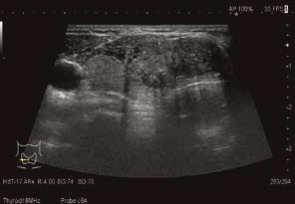
Without HydroAid®USG (6mm)
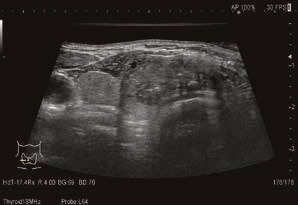
With HydroAid®USG (6mm)
Due to the increased quality of imaging, the boundaries between the subcutaneous tissue and the lesion can be clearly verified.
Examination of the Median Nerve in the Wrist (Short axis)
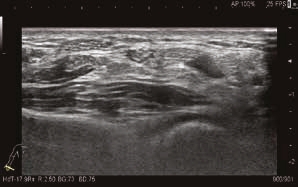
Without HydroAid®USG (6mm)
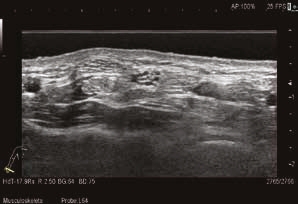
With HydroAid®USG (6mm)
Structures located 1 cm under the skin can be easily visualized (using a traditional linear head). Thanks to this, we obtain a perfect image of shallowly located nervous structures.
Ganglion (Short axis)
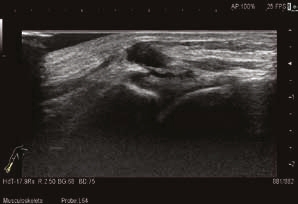
Without HydroAid®USG (6mm)
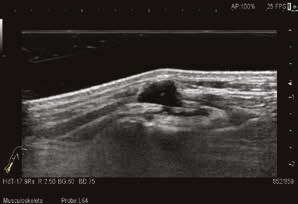
With HydroAid®USG (6mm)
When using HydroAid®USG, the tissue border is much clearer and the number of artifacts generated by the neoplastic lesion is reduced. The resulting image is clearer.
Lipoma of the Right Upper Limb (Long axis)
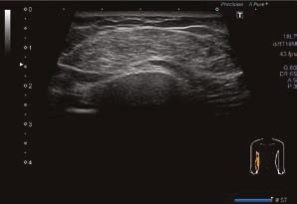
Without HydroAid®USG (6mm)
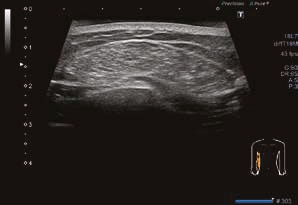
With HydroAid®USG (6mm)
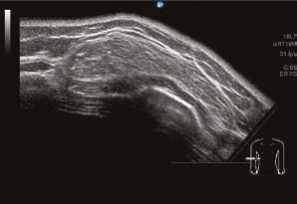
With HydroAid®USG (6mm)
In contrast to imaging with a standard ultrasound gel, HydroAid®USG ensures a constant distance from the examined lesion. Thanks to this, it is possible to create stable, clear images of the skin, fat and lipoma layers.
You can effectively use the panoramic imaging functions. Thanks to the smooth surface of the hydrogel sheet, we can easily and effectively guide the probe along the tested structure. As a result, using HydroAid®USG, you can enjoy clear, artifact-free panoramic imaging.
Radial Artery with the Presence of Arterial Sclerosis (Long axis)
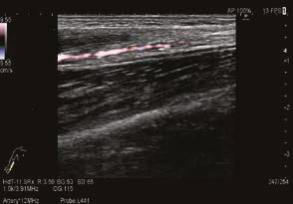
Without HydroAid®USG (6mm)
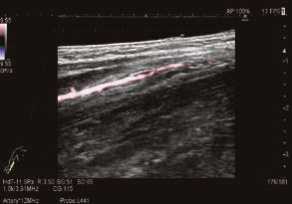
With HydroAid®USG (6mm)
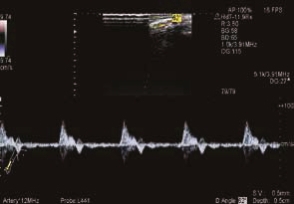
Pulse Doppler (PW Doppler) without HydroAid®USG (6mm)

Pulse Doppler (PW Doppler) with HydroAid®USG (6mm)
Since the HydroAid®USG is soft, but at the same time mechanically strong, it provides the possibility to position the probe at the right angle, which improves the quality of blood flow imaging.
HydroAid®USG facilitates the adjustment of angles and gates in blood vessels, making it much easier to visualize blood circulation.
The dressings sizes
The dressings are available in the following sizes:
|
Size |
|
|---|---|
|
1 |
6cm x 10cm x 3mm |
|
3 |
Ø 12cm x 6mm |
|
4 |
Ø 12cm x 10mm |
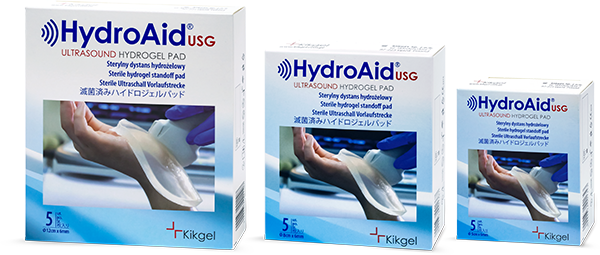
Symbols
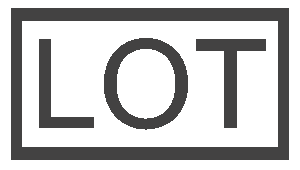
Batch code
The manufacturer’s batch code enabling batch or lot identification.
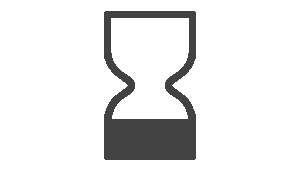
Date of expiry
Specifies the expiry date of the medical device for use.

Manufacturer
Specifies the manufacturer of the medical device.
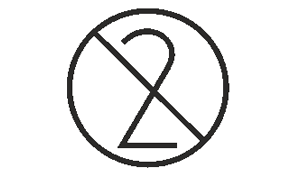
Do not reuse
Indicates a medical device intended for single use.
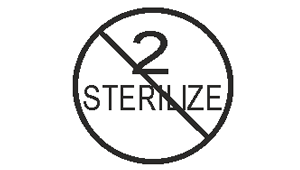
Nie sterylizować ponownie
Indicates a medical product that must not be re-sterilized.
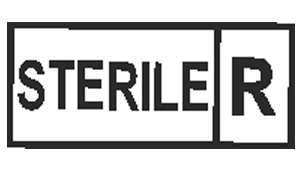
Sterilized by radiation
Indicates a medical product that has undergone radiation sterilization.
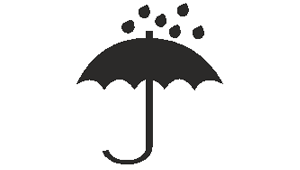
Keep dry
Indicates medical products that must be protected against moisture.
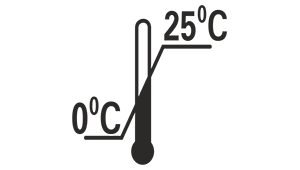
Storage temperature range
Indicates temperature limits that are safe for a medical product.

Do not use if the package is opened or damaged
Indicates a medical device that should not be used if the package is damaged or opened.

Dispose of appropriately
After use, the packaging should be disposed of in an appropriate container so as not to endanger or litter the environment.

CE marking
Indicates compliance with European technical requirements.
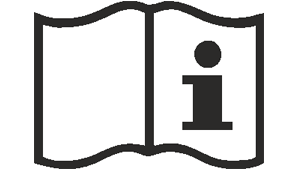
See the instructions for use
Indicates that the attached instructions for use should be read before using the product.


